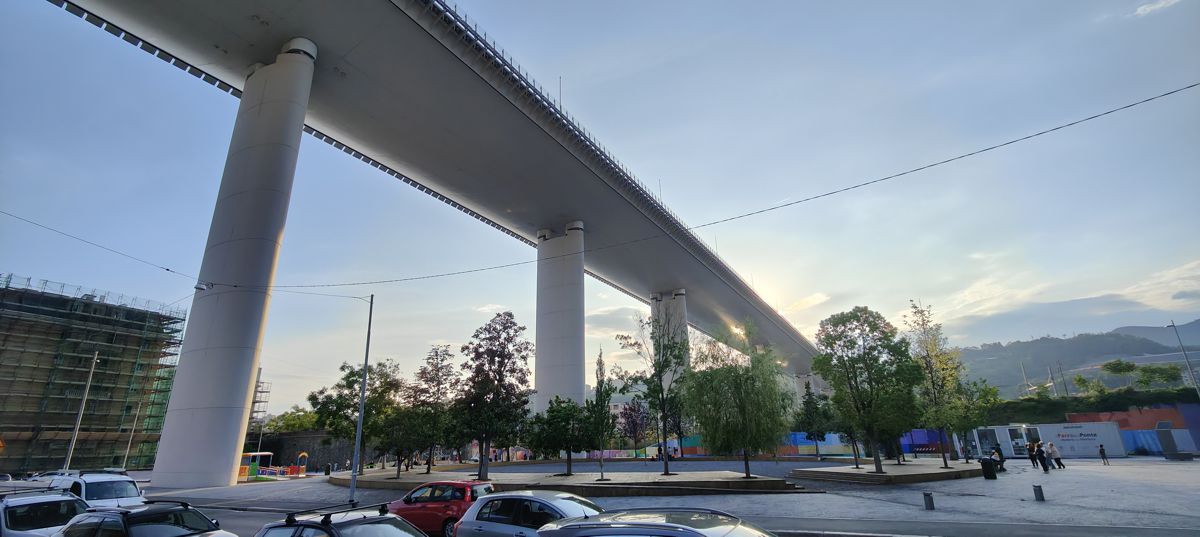Customer Relationship Management and Risk Management in Architectural Projects
Architectural projects are complex undertakings that need a seamless combination of creativity, technical knowledge, and excellent project management.
Customer relationship management (CRM) and risk management are two essential factors in the success of architectural projects. These elements are interconnected and can have a considerable impact on the result of any architectural project.
The importance of customer relationship management in architectural projects
In architectural projects, customer relationship management is critical. It entails developing and maintaining close relationships with clients, understanding their needs, and providing the necessary results. Client satisfaction, long-term collaborations, and successful project completion are all ensured by good customer relationship management.
Architects must establish immediate open communication with their clients. Architects may gather useful information and understand their vision by listening to their clients’ needs. This enables them to create designs that are in line with their clients’ expectations and preferences, resulting in happier customers.
An efficient CRM for architects helps both themselves and their clients to work together well throughout the entire project timeline. Regular feedback sessions aid in the resolution of any difficulties or adjustments that may arise throughout the design or building phase. This proactive approach ensures that the final result meets or exceeds the client’s expectations.
The management of customer relationships not only benefits architects by increasing client satisfaction, but it also leads to long-term collaborations. A solid performance on one project frequently leads to recurrent business or referrals from satisfied clients. Developing good client connections based on trust and mutual respect fosters loyalty and establishes a solid reputation in the architectural profession.
Furthermore, architects who emphasise client input may be more likely to create ideas that are not just attractive but also functional and reasonable. Architects may build rooms that properly fit their clients’ wants and preferences by thinking about them throughout the design process. Architects must manage risks since failure to do so might result in serious repercussions.
The significance of risk management in architectural projects
For the effective and easy implementation of architectural projects, risk management is essential. Identifying risks, analysing their effect, and adopting risk-mitigation measures are all steps in the process. It aids in increasing efficiency, decreasing delays, and preventing budget overruns. Also, it matches the output with the client’s expectations and satisfies all regulatory standards.
The emphasis on stakeholder engagement is a distinctive feature of risk management in architecture. Architects collaborate with clients, contractors, suppliers, and other stakeholders to identify and mitigate risks. This promotes improved communication, better decision-making, and project success.
Risk management also assists architects in allocating resources. They can distribute resources more effectively if they identify high-risk locations ahead of time. This keeps the project on schedule and on budget. Plus, it adds to long-term sustainability. During risk assessment, architects may maximise environmental and ethical elements to guarantee that their designs are both sustainable and practical.
Challenges and obstacles faced in implementing effective customer relationship management strategies
The difficulty of managing client connections over the whole architectural project lifecycle is a big problem. Architects must develop and maintain excellent client connections from project idea to design, construction, and, in certain cases, long after project completion. Maintaining regular contact and offering value over such a long period of time can be difficult, especially for bigger architecture companies handling numerous projects at the same time.
Another challenge is incorporating CRM technologies into the design workflow. For design, project management, and collaboration, many architects use specialised software. Integrating CRM effectively with these current systems might be difficult since data must flow freely across platforms. Architects must also weigh the necessity for customisation to meet unique project needs against the possible complications that customization might entail.
Additionally, architecture companies can frequently experience internal resistance to CRM implementation. CRM technologies may be perceived by architects as extra administrative burdens that detract from their core creative and technical tasks. It is vital to overcome this opposition and ensure that architects realise the significance of CRM in improving client relationships and project success.
Effective training, clear communication about the benefits, and demonstrating how CRM technologies can expedite procedures and support project objectives are all required. Finally, successful CRM deployment in the architectural landscape requires matching technology with the particular demands of architectural projects while cultivating a client-centric culture inside the business.
Conclusion
CRM deployment is a prerequisite for architecture projects. Good customer interactions will result in improved outcomes and satisfaction. Architects should prioritise CRM methods to reduce risks and improve project outcomes. Consider consumer pleasure, communicate freely, and handle any concerns as soon as possible.
Include risk management in the CRM architecture as well. Identifying risks early and taking measures to cope with it will prevent delays, budget overspending, and other negative repercussions. CRM software facilitates communication and data exchange, as well as real-time collaboration and decision-making.















